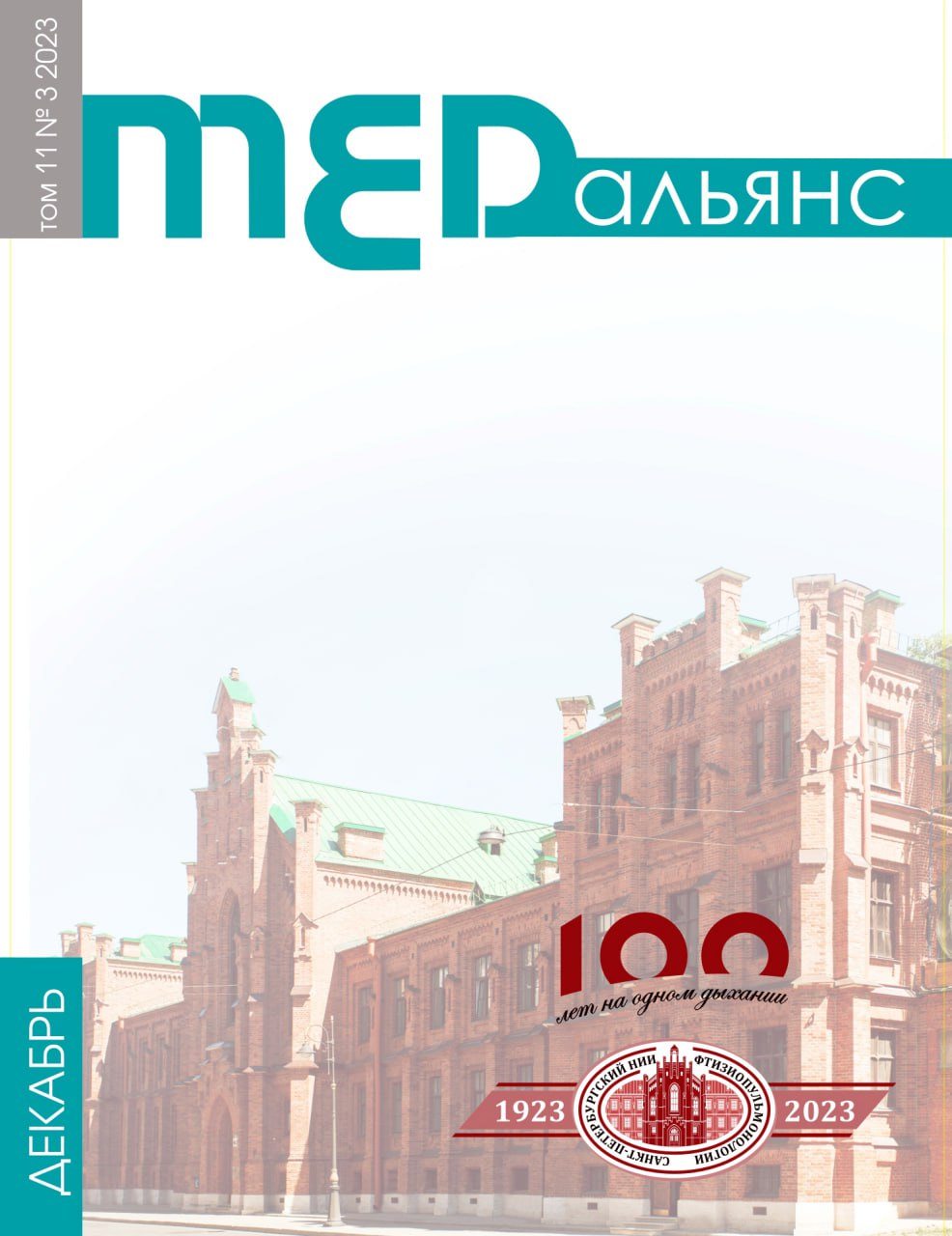Abstract
The article presents the results of bladder reconstruction up to subtotal replacement using multicomponent tissue-engineered structures in an experiment. Aim: Experimental subtotal bladder replacement using a tissue-engineered construction. Materials and methods: The authors used a poly-L,L-lactide matrix as a scaffold; it was developed in early experiments, reinforced with silk fibroin and seeded with allogeneic mesenchymal stem cells. A filling cystometry was performed in 6 intact animals to determine the maximum cystometric and anesthetic capacity of the bladder. The maximum cystometric capacity was 11.2±0.97 ml, the anesthetic capacity was 23.83±0.71 ml. 36 animals underwent resection of various volumes of the bladder, followed by reconstruction of the organ using a prepared tissue-engineered construct of the appropriate volume. Groups of 9 animals were formed, depending on the volume of reconstruction: 5 ml, 10 ml, 15 ml and 20 ml. The observation period was 3 months. Results: 4, 8, and 12 weeks after surgery, according to computed tomography of the abdominal and pelvic organs with intravesical injection of X-ray contrast agent, no leaks of contrast agent were observed. The implanted structure in the form of a hyperintense signal is located in the area of the apex of the bladder. The preserved physiological capacity of the bladder was determined in all study groups. In 2 animals that underwent subtotal replacement (20 ml volume) of the bladder after 12 weeks, filling cystometry confirmed the correlation of the physiological capacity of the formed reservoir with preoperative parameters. Macroscopically, the anastomosis zone is consistent in all groups of animals; by the 12th week of observation, lysis of the tissue-engineered structure is noted with the preservation of small residual fragments. Conclusion: The experimental application of the developed tissue-engineering multicomponent scaffold proved to be effective for replacing various bladder wall defects up to subtotal reconstruction. Further study of technologies for the use of tissue-engineered allogeneic constructs can significantly improve the results of treatment of urological pathologies, in which it is not possible to obtain autologous material.

